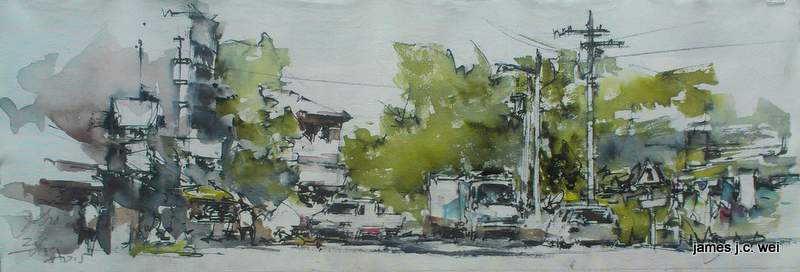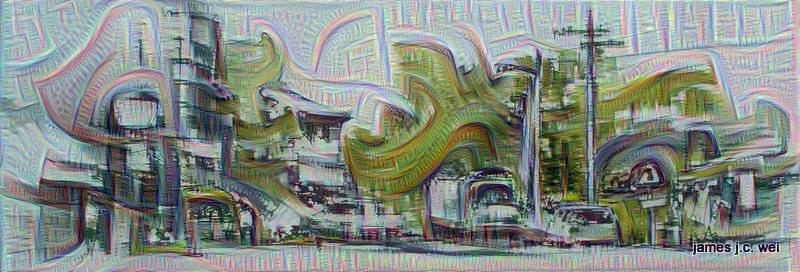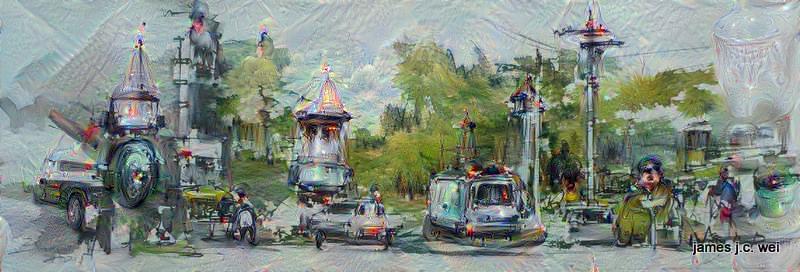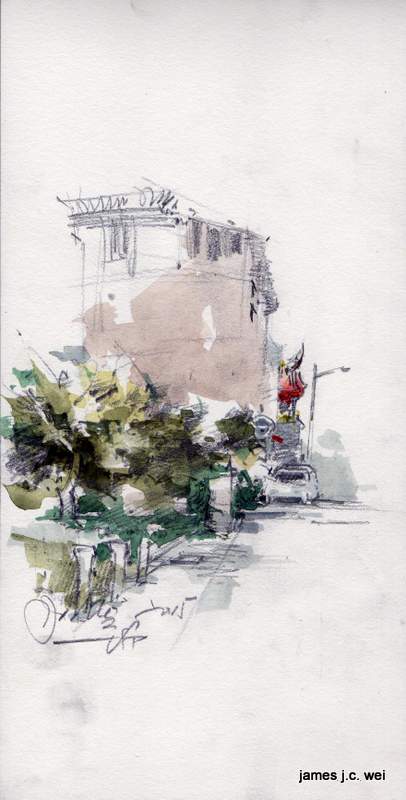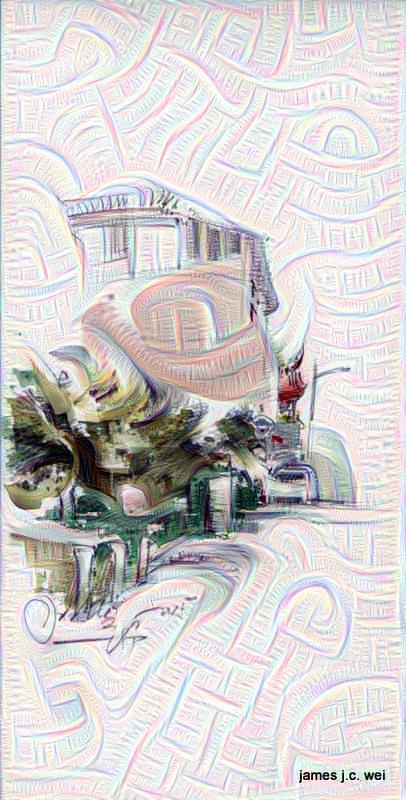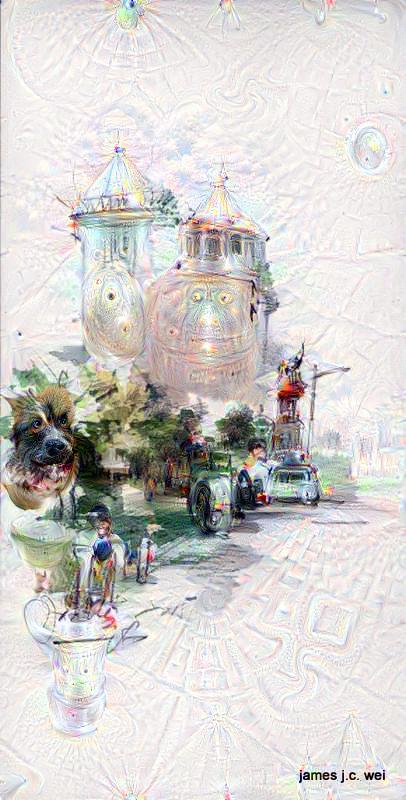Adversity makes the strong stronger and the weak weaker.
— Mike Tyson (@MikeTyson) August 5, 2011
2017-10-03
Burden
2015-07-04
Neural inceptionism art
I have decided to feed the art works by (or related to) my father, grandfather, great*** grandfathers, etc., to this neural network inceptionism code.
Below are some results. Each group consists of the original image, and the results amplified for low and high level neurons.
戲院街的後巷 ~ The back side of theater street

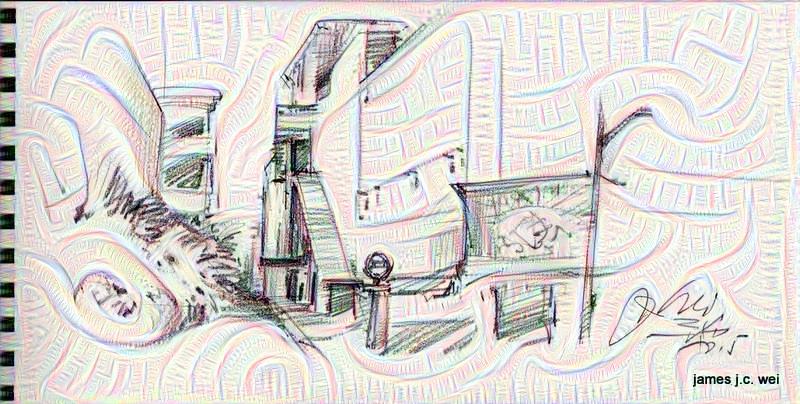
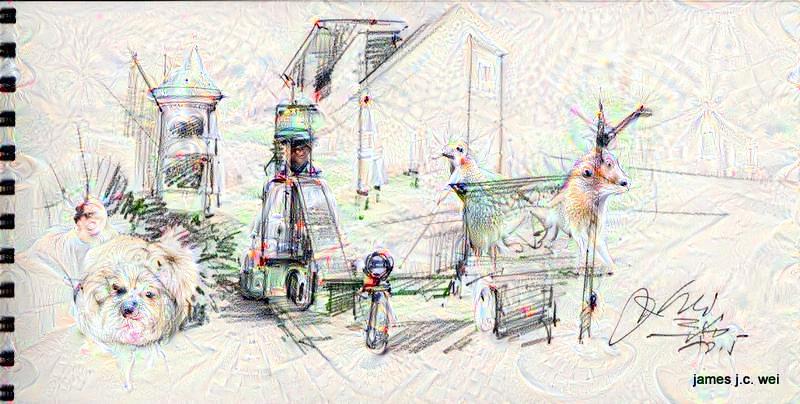
Calligraphy, uniform font size


Calligraphy, varying font sizes
Kublai Khan
2014-06-27
Image from a 1930 Japanese magazine

It is interesting to note that the Japanese (and the Korean) used more Chinese characters in the past than now, as they have been trying to rid of the Chinese influence. If you are a Chinese you could probably read this image fine, even if not modern Japanese or Korean writings.
2012-12-02
2012-08-24
2012-02-22
Artificial intelligence
When I was younger I preferred to stay away from people as much as possible, as most of them are not very interesting and it is much more rewarding for me to be alone thinking and reading.
When I get older, I realized that humans are intensively intriguing subjects for study. I started to spend a lot of time observing human behaviors and try guessing what they are thinking and predicting their actions.
This caused certain dilemma for me: on one hand I still want to be as far away as possible from people, but on the other hand, I want to be close enough with them for the purpose of studies and observations.
(The penalty and reward seem to go in tandem; crowd behavior is the most interesting, but also the most annoying to be part of.)
Fortunately, computer science comes into rescue. Far from the common stereotypes (of nerds locking in toilets), computer science, especially the most current and active subjects, are very human centric. One example is user interface, including design for better user experiences, as well as analysis and synthesis for deeper understanding and more advanced interactions.
A more recent example is social networking. Previously, most human daily activities simply dissipated into entropy. Now, with people spending more of their interactions through various social networking sites, we can record their activities in better quality and quantity.
Such data not only enables better computer technologies but more profoundly, more insights into human nature. (Facebook probably knows more about certain individuals than their mothers do.)
Two sci-fi series could provide inspirations for both directions.

Caprica is about how humans create Cylons, a cyber-genetic life form that eventually pushes humans near extinction in the main Battlestar Galactica series (which I found to be much less interesting).

Dollhouse is about how technologies can allow memories and personalities to be extracted from one individual and installed into another, essentially programming human brains.
Both offer insights into computer science and humanity, as well as highly enjoyable entertainments. Unfortunately, both got canceled prematurely due to low ratings, a confirmation of my childhood observation about how ordinary humans would react to deeper materials.
2010-04-12
Accidental art
For some reason, the most beautiful images I have produced tend to be the buggy ones.
I guess this is a unique advantage of graphics research (compared to other CS fields): when we screw up, we might be able to claim the result as an art.

2010-01-25
2010-01-10
Robotic chair
You are witnessing the origin of the Terminators. Checkout the original website here for more information.
[youtube=http://www.youtube.com/watch?v=Pxq2chA5AT8&hl=en_US&fs=1&]

